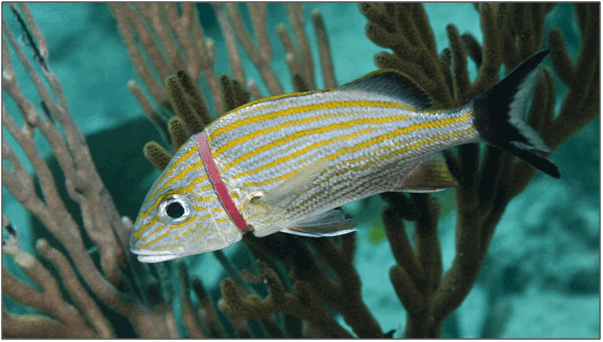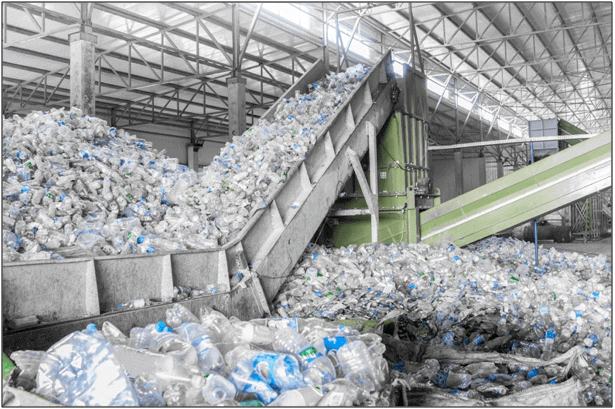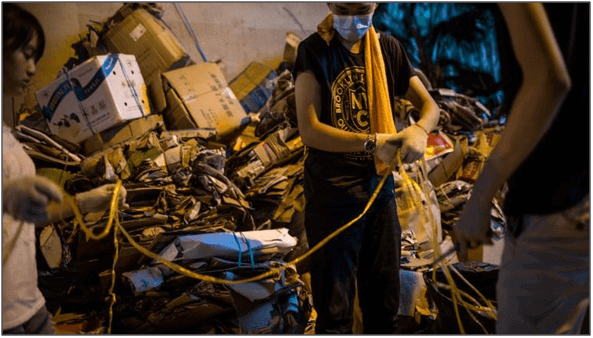Plastics are a crucial part of life in the 21st century. Aside from providing us with useful, lightweight and durable products, they also play a key role in the development of our world sustainably. However, with global plastics production increasing year-on-year, we are reaching a stage where plastic production and disposal methods are becoming unsustainable.
From 1950 to 2015, a total of 8,300 million tonnes of plastics have been produced, of which 2,500 million tones are still in use, 600 million tonnes recycled, and 5,700 million tonnes discarded or incinerated (Geyer, Jambeck and Law, 2017). Statistically, only 7.2% of all plastics produced since 1950 have been recycled, with 68.7% discarded or incinerated.
To combat this, manufacturers have increasingly begun to consider the implication of materials used in commercial products and the management of such products at the end of their useful lives (Simoes et al., 2014), as multiple studies have found that the use of plastics diverted or recovered from the waste stream (recyclates) can also be advantageous to society or in commerce, either environmentally or economically.
Table of Contents
Environmental Impact of Plastic Pollution
Marine litter, consisting of between 60-80% plastics, is now seen as a major anthropogenic stressor to the ocean and its biodiversity (United Nations Environment Program, 2019). With an estimated 500 million people, as well as industries worth billions of dollars dependent on healthy reef ecosystems, the continued decline in coral cover and shifts in community composition globally are an extremely worrying trend from economic, social and ecological perspectives. It was estimated that, based on extrapolated data, reefs and their organisms will have been exposed to 15.7 billion macro plastic items by 2025, under ‘business as usual’ scenarios. This represents a 40% increase from 2010 levels.
Plastics which can contain toxic chemicals when ingested are now suspected to be part of our food chain. Karami et al. (2017) found a widespread distribution of microplastics in aquatic bodies, which in turn contaminated a diverse range of quatic biota, which included those sold for human consumption such as shellfish and mussels. They suggested that, annually, humans consuming dried fish and shellfish could ingest up to 246 pieces and 11,000 pieces of microplastics respectively, hence leading to the conclusion that seafood products could be a major route of human exposure to microplastics. On land, the disposal of plastics through incineration releases toxic gases such as Dioxins, Furans, Mercury and Polychlorinated Biphenyls into the atmosphere (Verma et al., 2015). These toxic substances released pose a threat to vegetation, human and animal health and the environment as a whole, with increases in risks to human health due to a higher risk of heart disease, aggravated respiratory ailments such as asthma and emphysema, causing rashes, nausea or headaches, and damage to the nervous system.

Supply Chain of Plastics
Graczyk and Witkowsky (2011) noted that although all plastics can be recycled, the extent of recycling is dependent on both economical and logistics factors. In a perfect world, the recycling of plastics would result in a product that can be recycled again, up to a maximum of six times. In cases where economic or environmental factors restrict recycling, energy can still be recovered through Energy from Waste (EfW) incineration, with used plastics having a higher calorific value than coal.
Post-use material, which are plastic products that have undergone a full service-life which have then been reclaimed for further use, arise mainly from industrial, commercial and domestic sources. Recent years have also seen a growth in post-consumer plastics recycling, however, as the main requirements for the effective recycling of post-use plastics are (1) resource efficient reclamation of the post-use products, (2) facilities to sort and compact the reclaimed products, and (3) end-use applications for the recycled plastics materials, heavily contaminated plastic waste stemming from domestic sources, which require special washing and drying facilities, has impacted the rate of plastics recycling.
Clean pellets, the product of recycling, can then be shipped to manufacturers around the world to be made into end-use items. And the process then starts again.

Headwinds in the Supply Chain
According to a report generated in 2014, China accounted for 56% (by weight) of the worldwide imports of waste plastic destined for recycling. However, in July 2017, the Chinese government announced that the importation of 8 types of plastic scraps would be banned starting in 2018. This resulted in worldwide alarm initially, with waste disposal processors scrapping recycling programs in certain areas. Processors also began to demand contract changes in order to avoid massive losses as they searched for new markets for mixed recyclables (Miller, 2019).
However, Chinese businesses previously responsible for processing plastic recyclables have been moving to Southeast Asian countries such as Malaysia, which have fast become the foremost alternative processing location for these plastics. However, Southeast Asian countries are beginning to reject this waste, with countries like Malaysia, Thailand, and Vietnam banning plastic scrap imports altogether. In early January 2019, the Philippines even rejected and sent back 1,200 tons of waste from South Korea (Libson,2019).

Conclusion
However, this push towards bans has resulted in persuading governments to reevaluate plastic usage and improve domestic recycling systems. Companies and governments have also begun to put emphasis on the life cycle of materials used during the manufacturing process, as well as single-use plastics. Countries and cities all around the world have enacted laws banning the use of single-use plastics, as well as forcing manufacturers to be fully responsible for the recovery of materials from their products and packaging throughout their lifecycle.
References
Amran Hossain, DLSM. (2019). “Key Safety Guidelines for Warehouse Safety And Health”. Retrieved from SIPMM: https://publication.sipmm.edu.sg/key-considerations-warehouse-safety-health/, accessed 03/07/2019.
Geyer, R., Jambeck, J. and Law, K. (2017). “Production, use, and the fate of all plastics ever made”. Retrieved from: https://advances.sciencemag.org/content/3/7/e1700782, accessed 19/06/2019.
Graczyk, M. and Witkowski, K. (2011). “Reverse Logistics Processes in Plastics Supply Chains”, Total Logistic Management, 4 (1): 43-55.
Jasmine Tan Yan Lin, DPSM (2019). “Key HACCP Methodology for Sea Food Procurement”. Retrieved from SIPMM: https://publication.sipmm.edu.sg/key-haccp-methodology-seafood-procurement/, accessed 03.07.2019.
Karami, A., Golieskardi, A., Ho, Y.B., Larat, V. and Salamatinia, B. (2017). “Microplastics in Eviscerated Flesh and Excised Organs of Dried Fish”, Scientific Reports, 7 (1):5473.
Libson, Q. (2019). “Southeast Asia rejects the world’s plastic waste”. Retrieved from https://asianews.network/2019/02/25/southeast-asia-rejects-the-worlds-plastic-waste/, accessed 21/06/2019.
Miller, C. (2019). “Happy Anniversary, National Sword”. Retrieved from https://www.waste360.com/legislation-regulation/happy-anniversary-national-sword, accessed 21/06/2019.
Simoes, C., Costa Pinto, L. and Bernardo, C.A. (2014). “Environmental and Economic Analysis of End of Life Management Options for an HDPE Product using Life Cycle Thinking Approach”, Waste Management & Research, 32 (5): 414-422.
United Nations Environment Program (2019). “Plastics and Shallow Water Coral Reefs. Synthesis of the Science for Policy-Makers.”. Sweet, M., Stelfox, M. and Lamb, J. (Authors).
Verma, R., et. al. (2015). “Toxic Pollutants from Plastic Waste – A Review”, Procedia Environmental Sciences, 35 (2016): 701-708.

